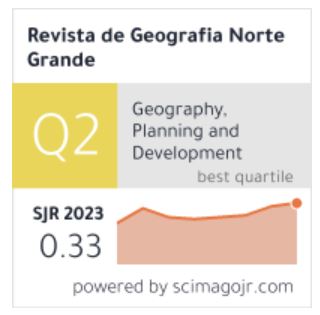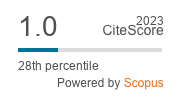Good governance of the commons of Rapa Nui: present and past
DOI:
https://doi.org/10.4067/S0718-34022019000300061Abstract
Sustainable communities on Rapa Nui (Easter Island, Chile) — whether in the past or present— require good governance of shared and common pool resources. Whether managing communal land needed for cultivation, ground water, stones for tools, fishing grounds, cultural heritage, or tourism, governance structures must balance individual interests with the common needs of the community. Much of the recent history of the island has been dominated by government structures that were imposed by Chilean authorities. Recently, however, much of the island’s cultural heritage has been turned over to local native governance. This shift has challenges due to the complex contemporary landscape but is a significant step forward toward addressing accountability, inclusivity, and local needs. Looking at the pre-European contact governance of the island, we argue that many of the same challenges and solutions were adopted with some important distinctions.






